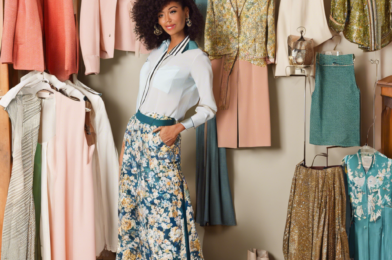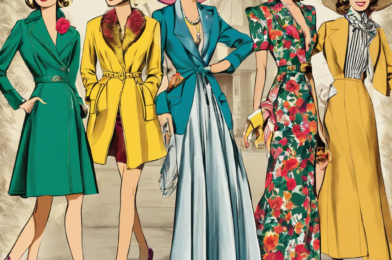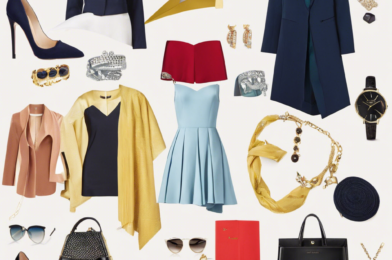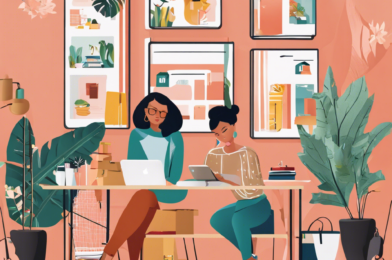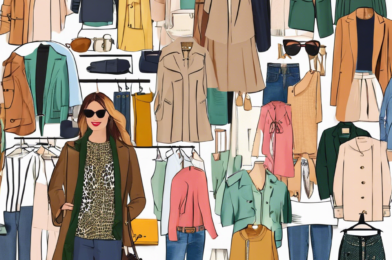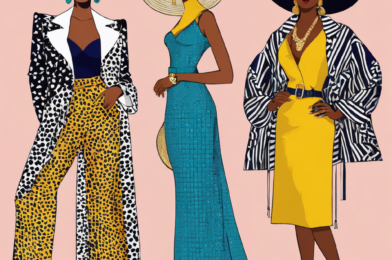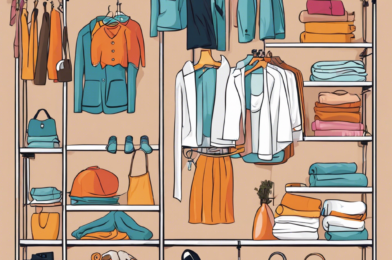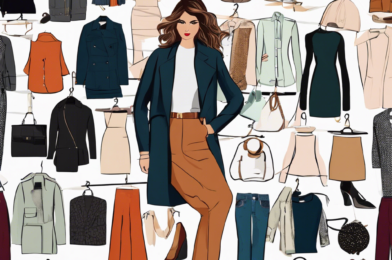Vintage clothing has experienced a resurgence in popularity in recent years, with many people seeking unique and sustainable ways to express their personal style. Styling vintage clothes can be a fun and creative process, but it may also be daunting if you’re unsure where to begin. Here are some tips to help you master the art of styling vintage clothing like a pro!
First, understand the allure of vintage clothing. Vintage items offer a glimpse into the fashion trends of past eras, and their unique styles and stories can add charm and character to your wardrobe. When incorporating vintage pieces into your modern wardrobe, the key is to balance old and new elements harmoniously. Consider mixing vintage items with contemporary accessories or layering them with current trends. For instance, pair a vintage floral dress with a modern denim jacket, or style vintage flares with a sleek, tailored blazer.
Another tip is to embrace the power of tailoring. Sizing can vary greatly in vintage clothing, and finding pieces that fit you perfectly off the rack can be challenging. Instead of passing on a unique item, consider altering it to fit your body type. Simple adjustments, such as taking in the waist or shortening hemlines, can make a world of difference and ensure your vintage garments flatter your figure.
Developing your vintage style is also crucial. Whether you’re drawn to the glamour of old Hollywood or the free-spirited vibe of the 1970s, embracing a specific aesthetic can help guide your vintage wardrobe choices. Explore different eras and identify the styles that resonate with you. This focused approach will make shopping for vintage clothing more straightforward and allow you to build a cohesive wardrobe that showcases your unique sense of fashion.
